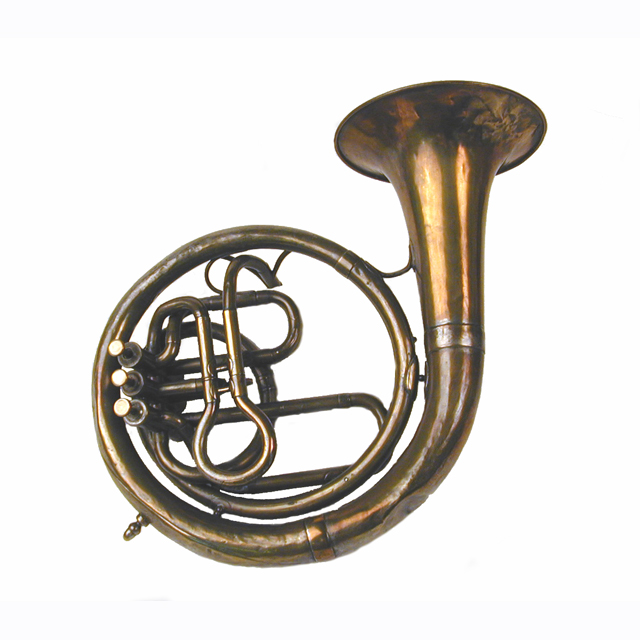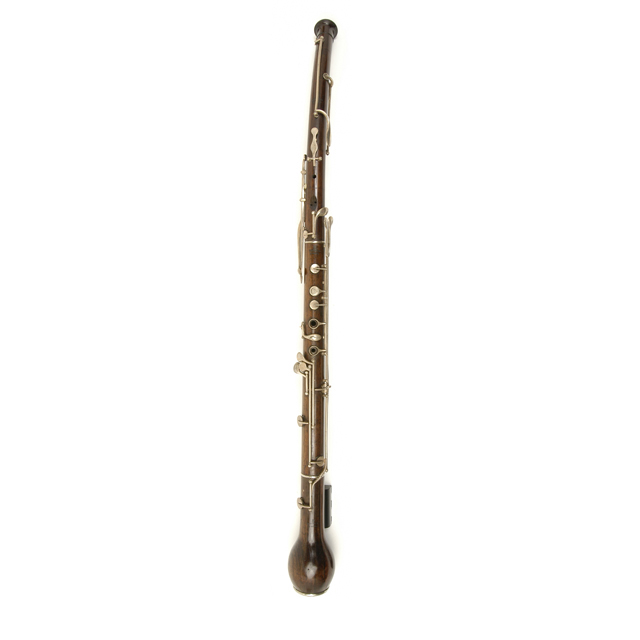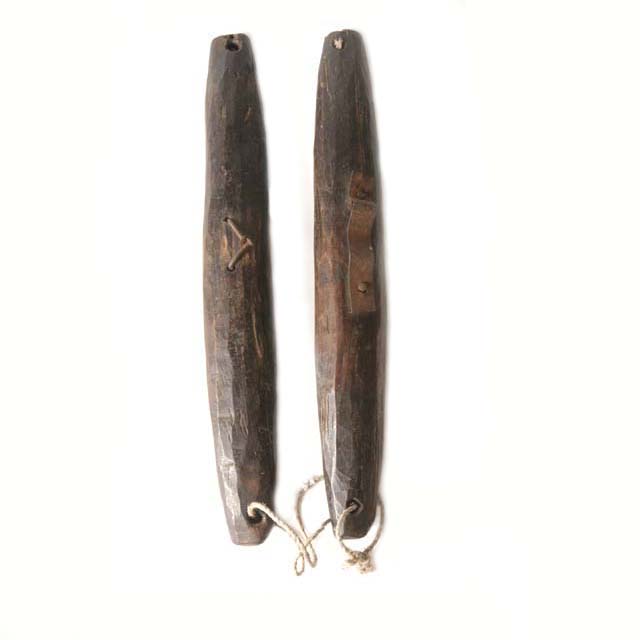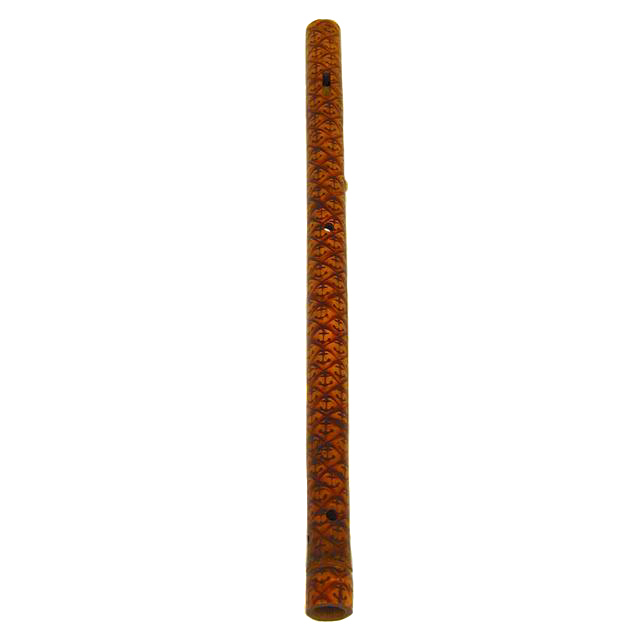Virginals, polygonal. Inner case and soundboard of cypress, decorated with scrolls in black, the jack rail en suite. Enclosed in a later outer case of oak with wrought iron strap hinges. Compass C-f3 (originally C/E-f3). The arched naturals are faced with boxwood, the accidentals with stained fruitwood. The table has an inset pierced parchment rose. Length 61¼ inches. Inscribed behind name board: Petrus Michael Orlandus/nunc Emil/Hystrumentum anno 1702/I certa scudi no. [sic].
Virginals and spinets, smaller, more portable and less expensive than harpsichords, could be set up in any room on any convenient table. Extremely popular, they were produced throughout Europe and assumed many outlines. The early polygonal and rectangular virginals gradually gave way to the wing-shaped spinets. Most virginals and spinets had only one set of strings, with no possibilities for varying the volume or tone colour. They naturally served for practice, but were also widely used for performing solos and accompanying more intimate ensembles of singers and quiet instruments like the lute and viol. Their diminutive size sometimes invited extravagant decoration to display as a trophy of wealth, or bestow as a token of love. This particular example shows much evidence of how keyboard instruments were altered to accommodate changes in fashion and musical taste. It was made with a typical range of notes for its early 17th-century date, from C-f"' with a short octave. A 'short octave' is a tuning of the keys in the bass which makes the more commonly used natural notes available in place of the more rarely needed accidentals. In the 20th century, the restorer extended the keyboard to give a full chromatic range, sounding, albeit with fewer notes, in the same pattern as on a modern piano. Before this alteration, this virginals may have been used as a practice organ, with a small pedal board fitted to operate the eight lowest natural notes. Very lightly built, Italian virginals frequently had their own protective and highly decorative outer cases in which they might remain during use. Outer cases were often replaced or redecorated when visual tastes changed. This instrument now has an outer case dating most likely from its 1924 restoration in the Haslemere workshop of early music pioneer, Arnold Dolmetsch.






